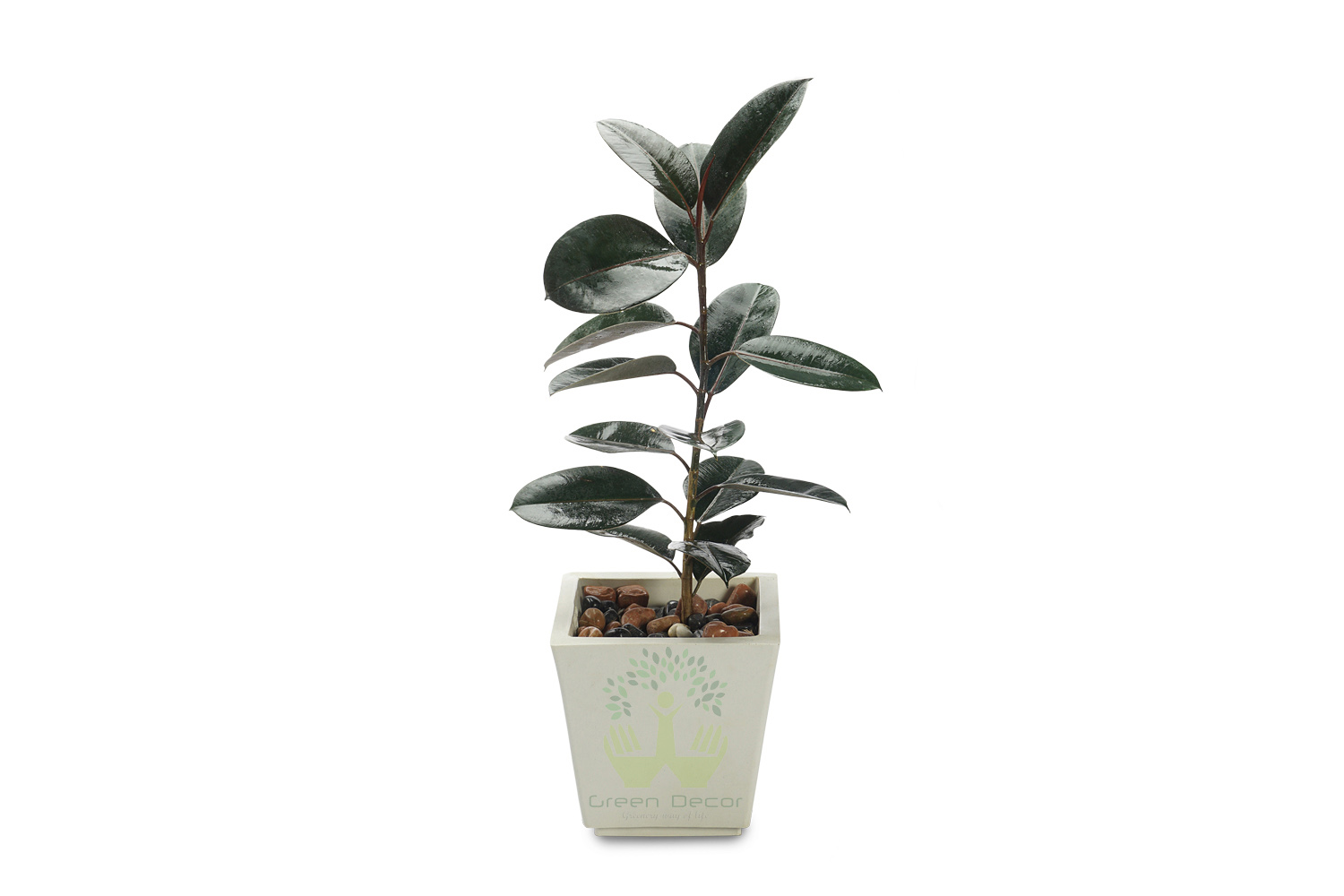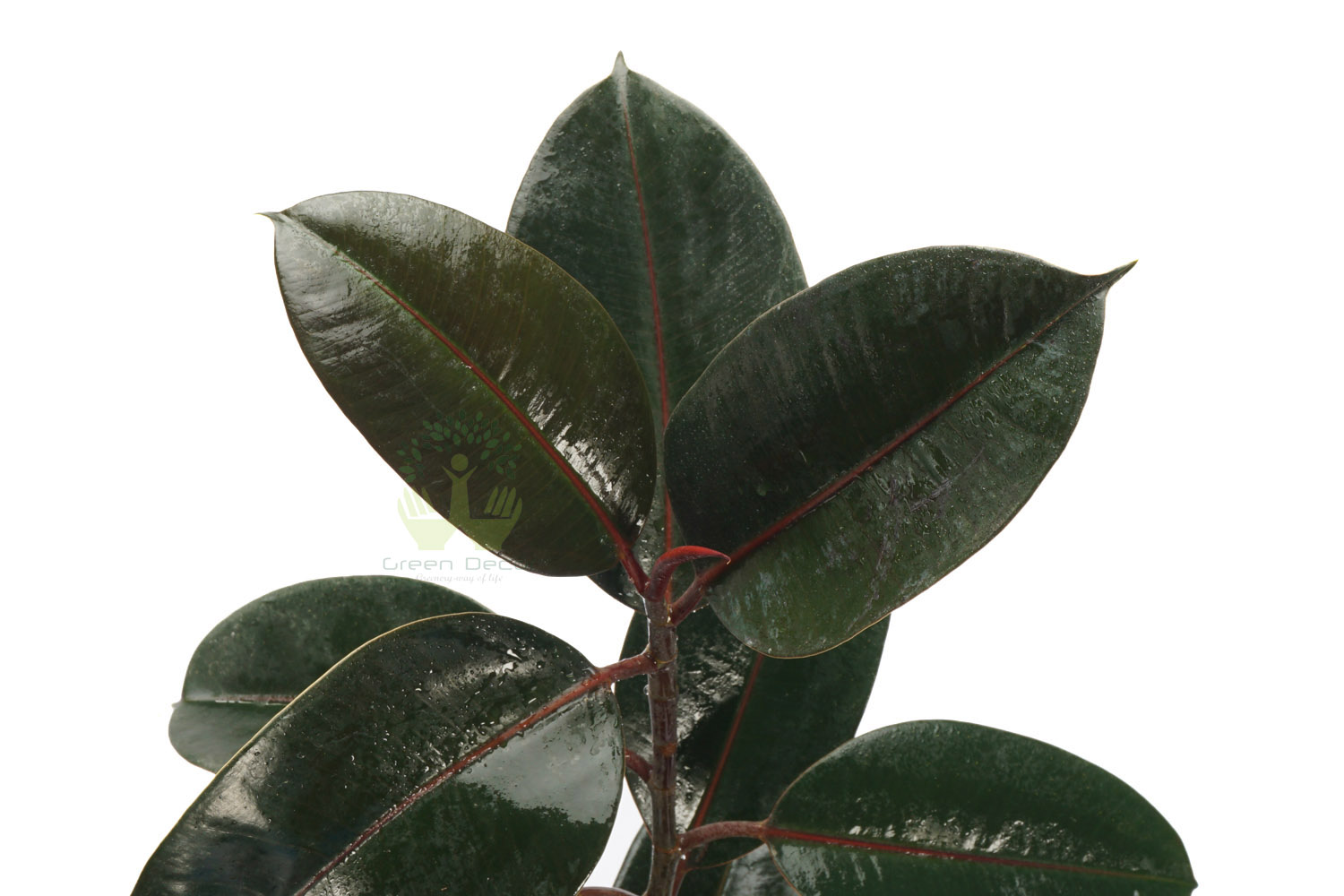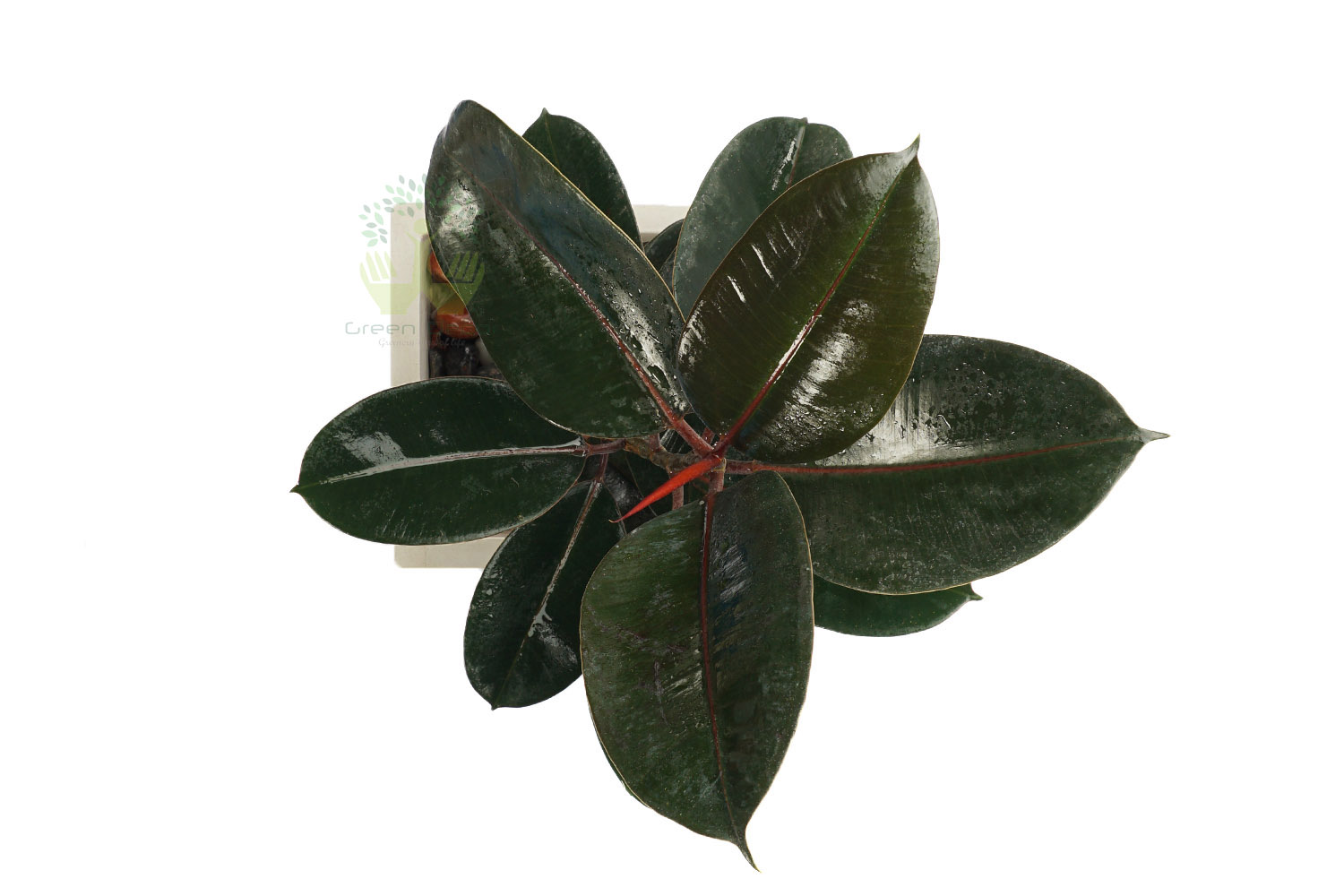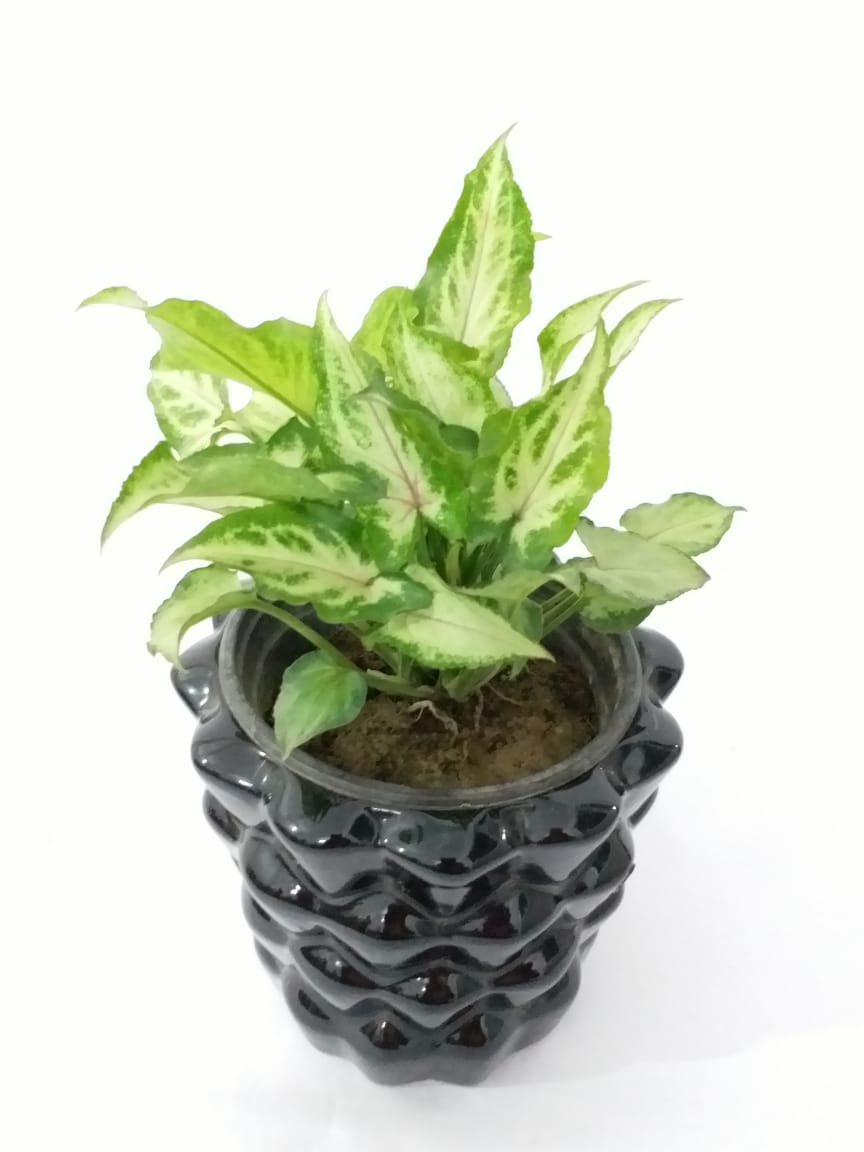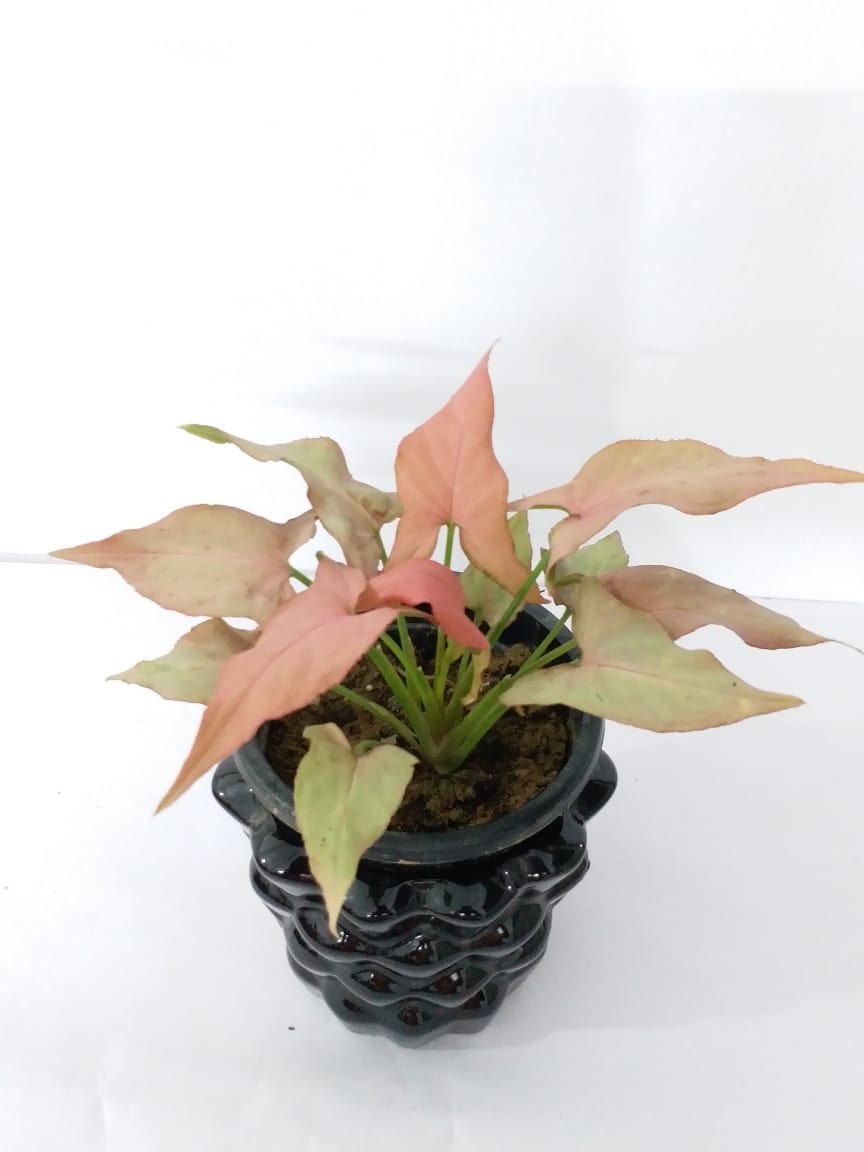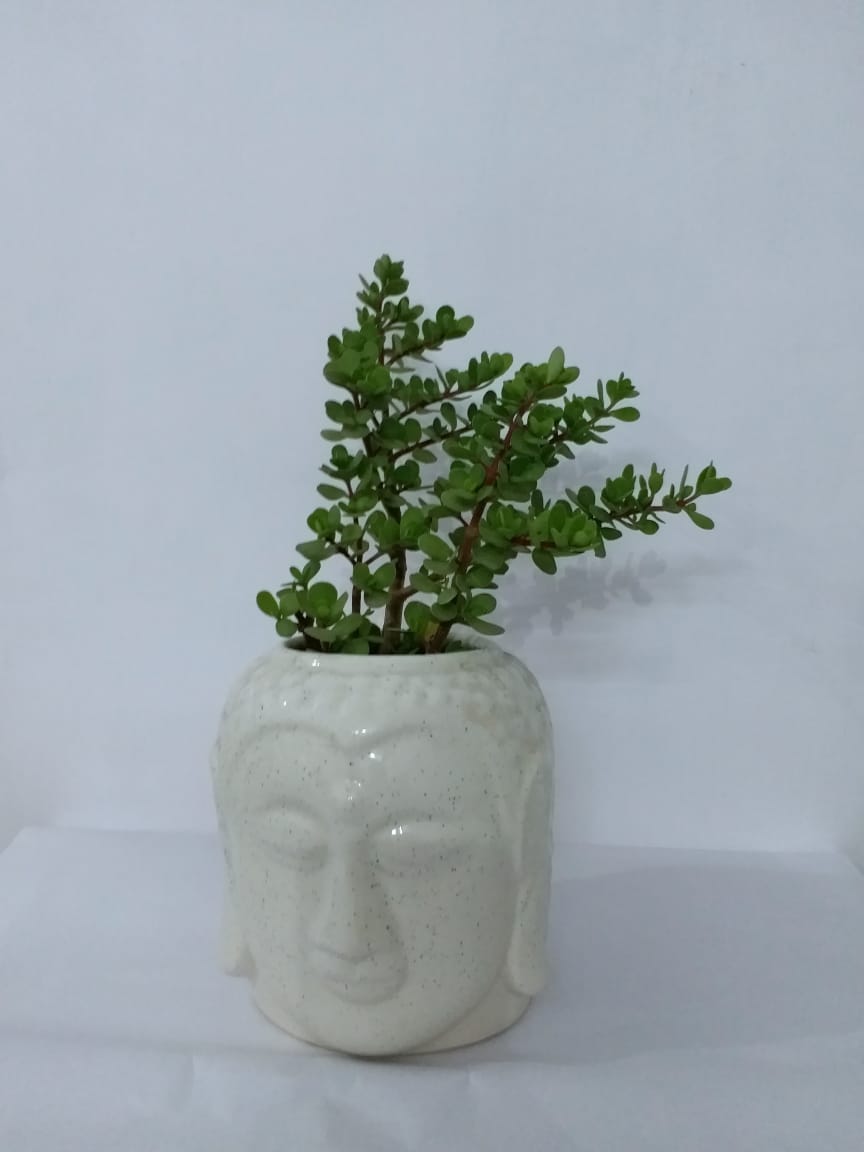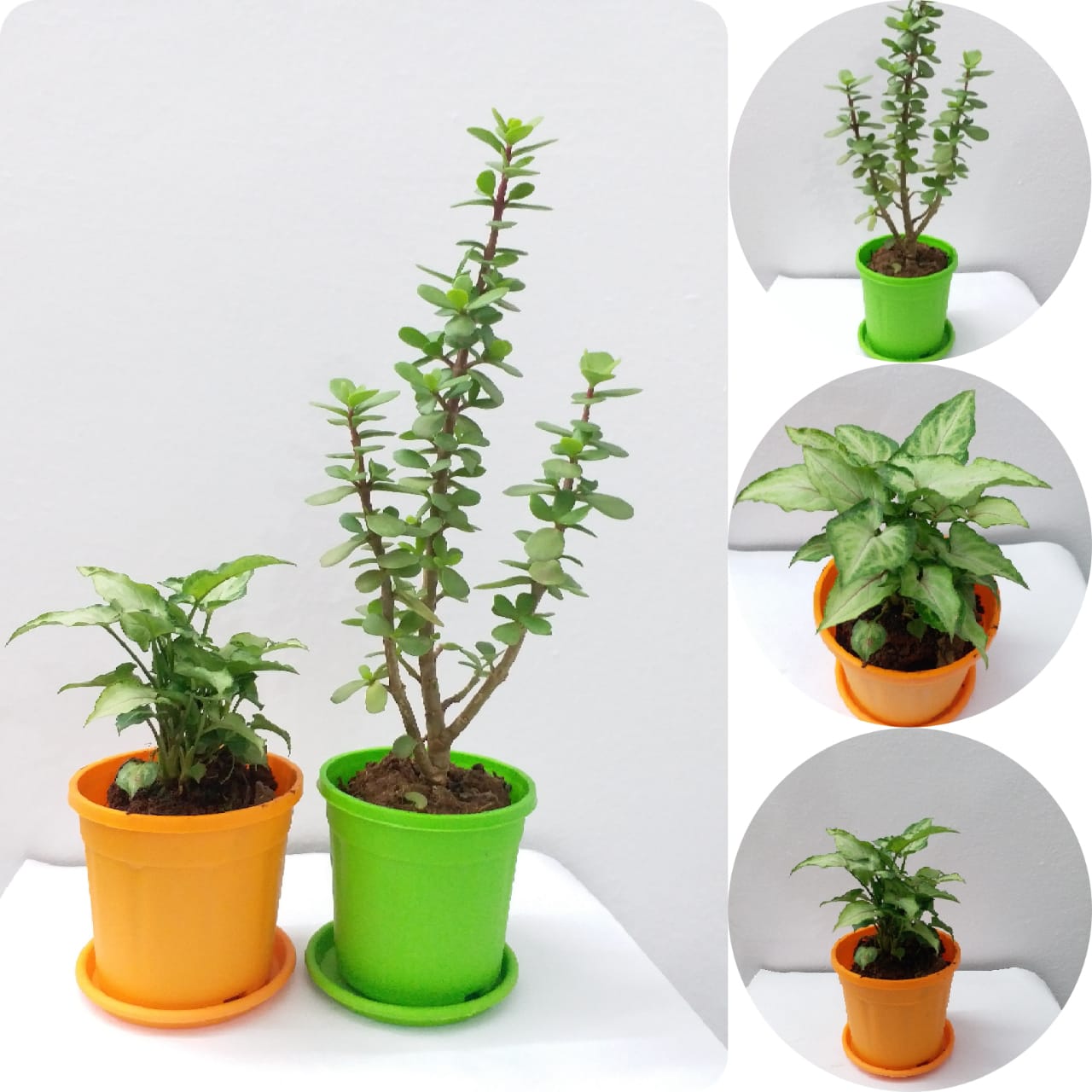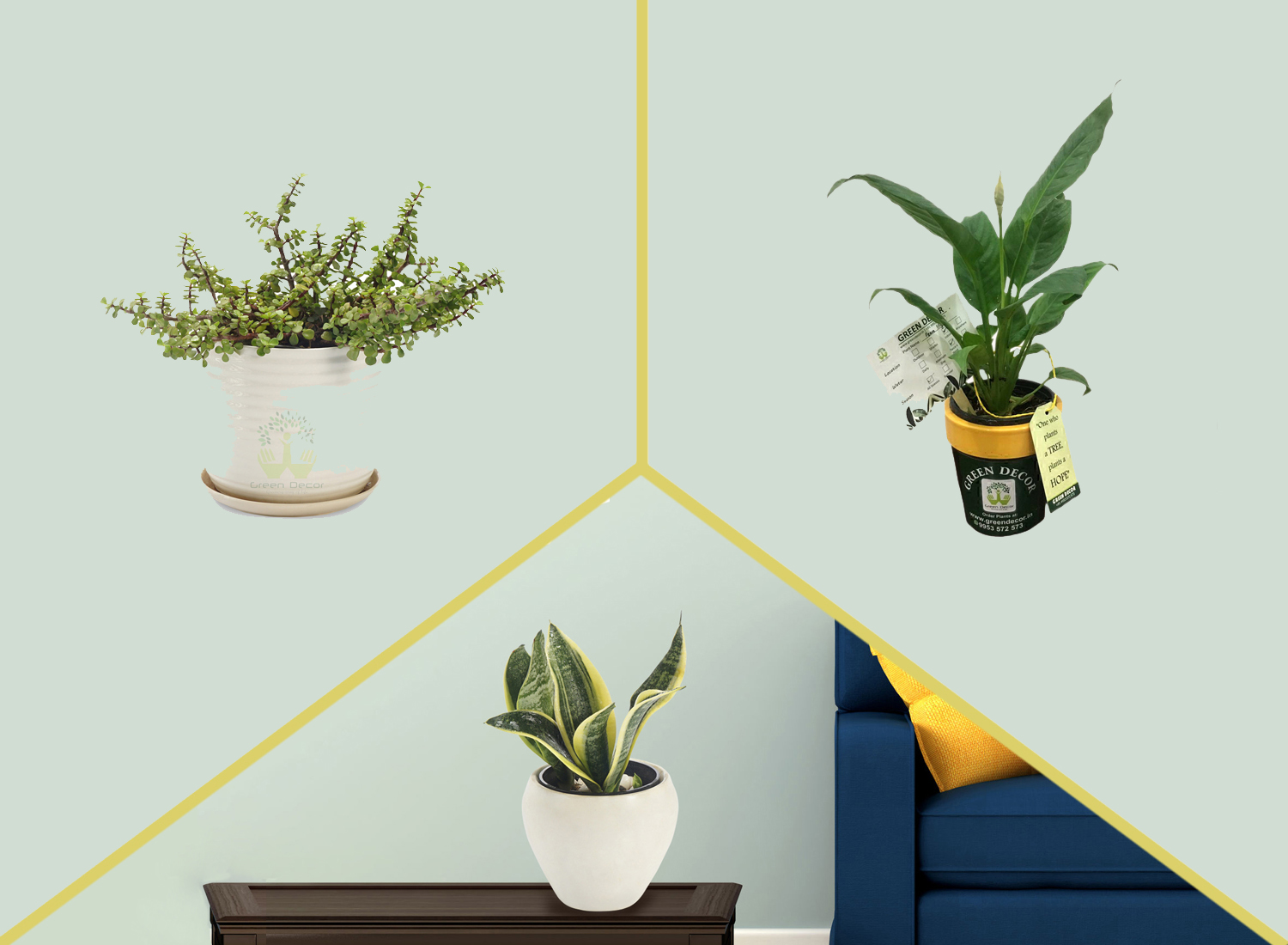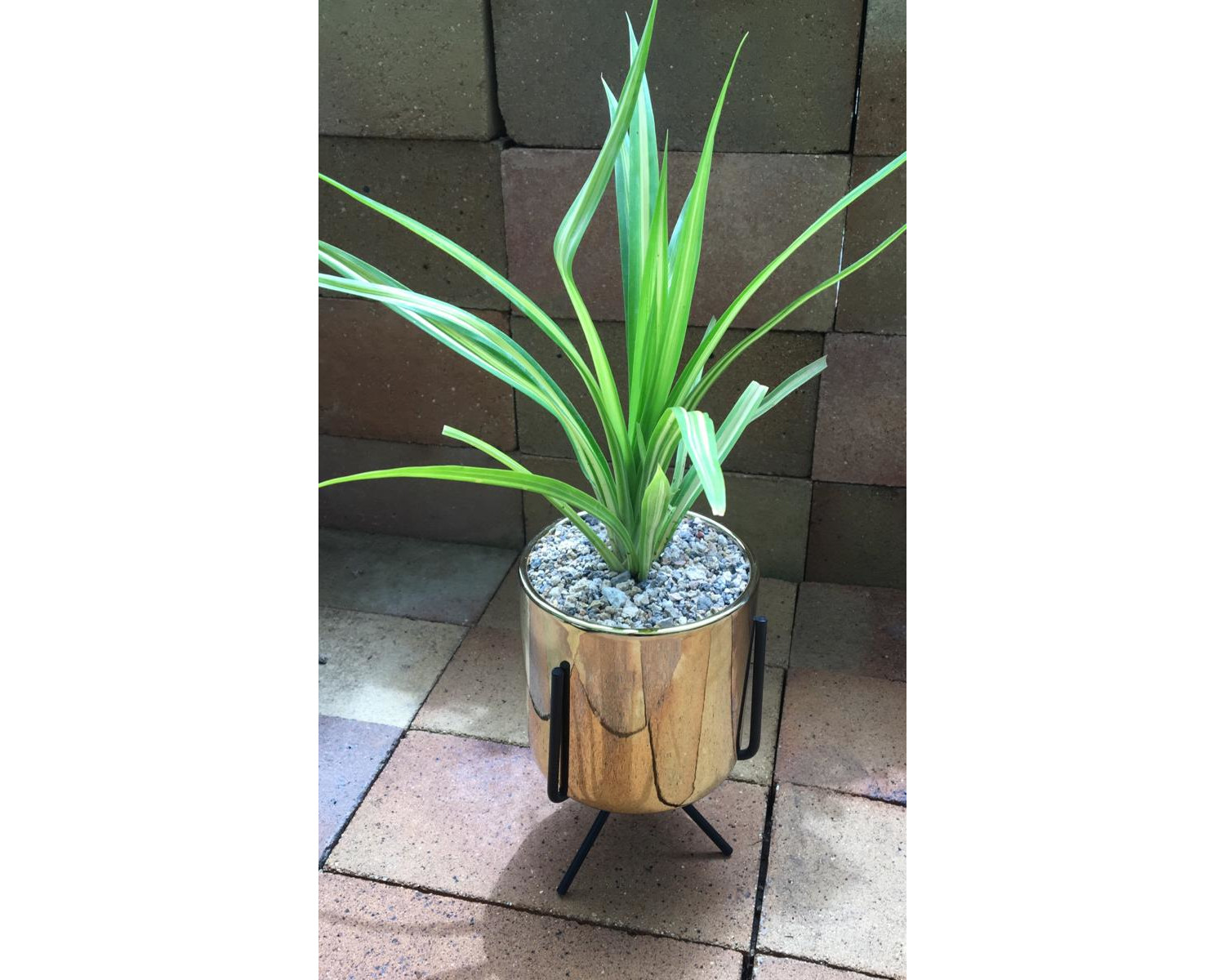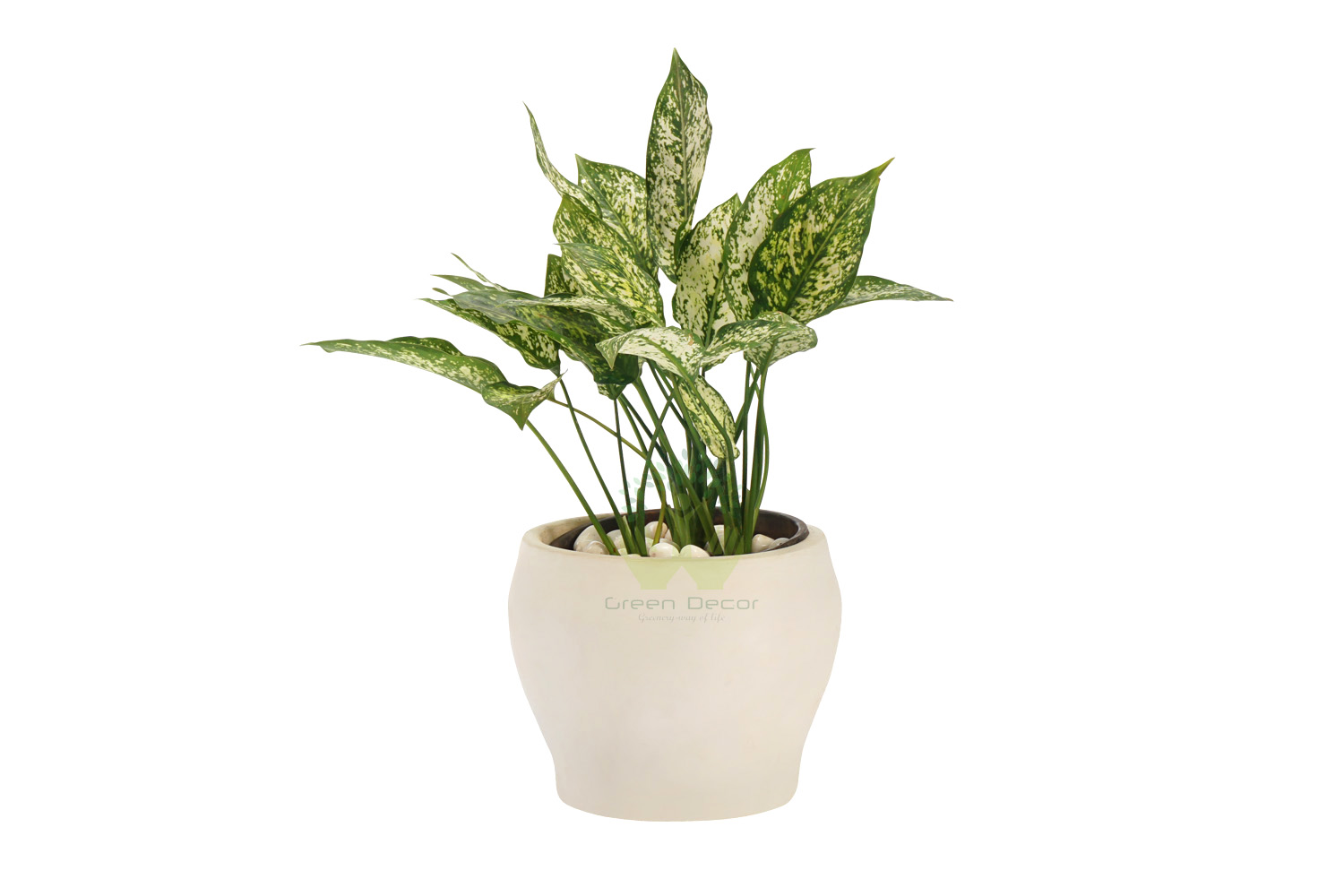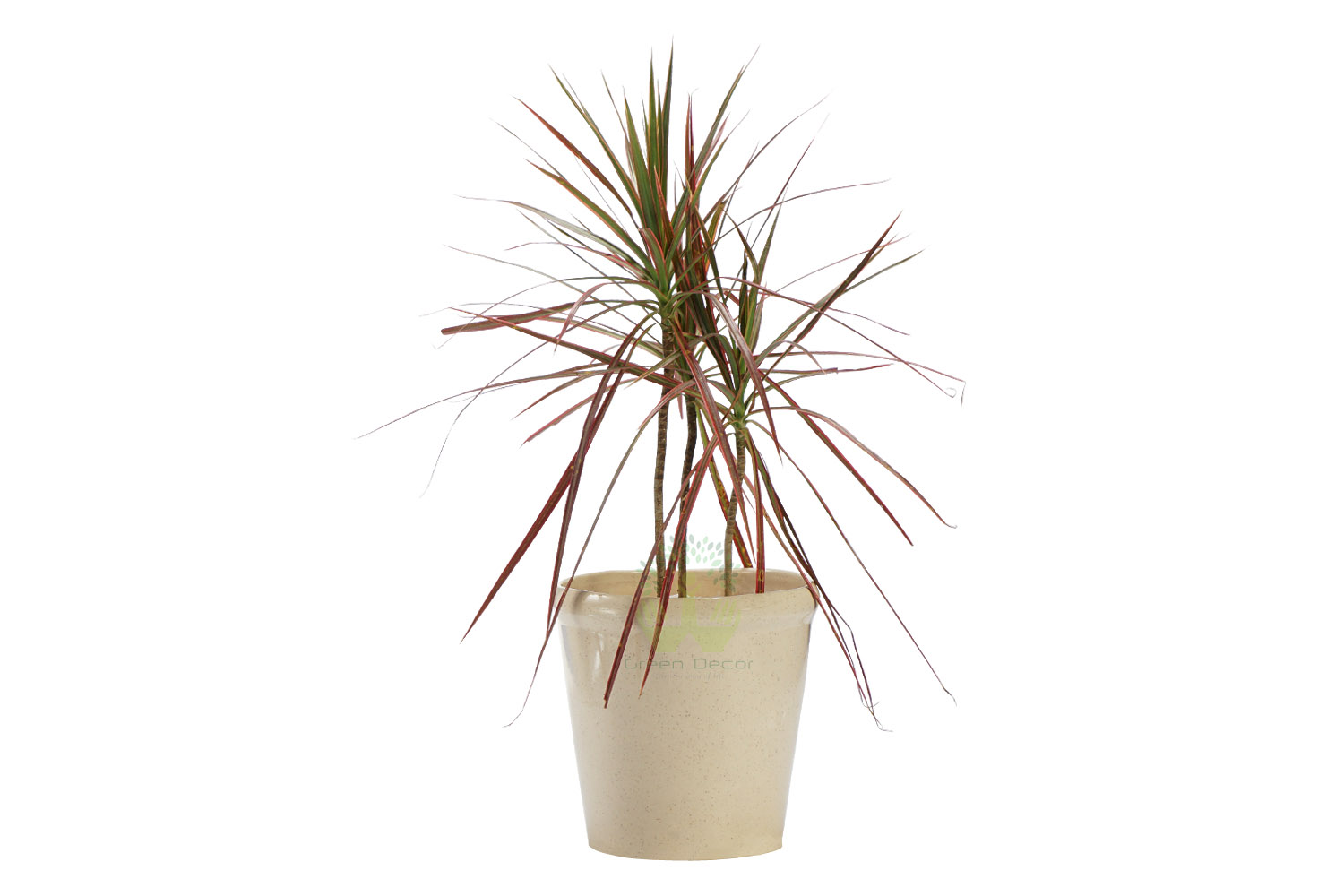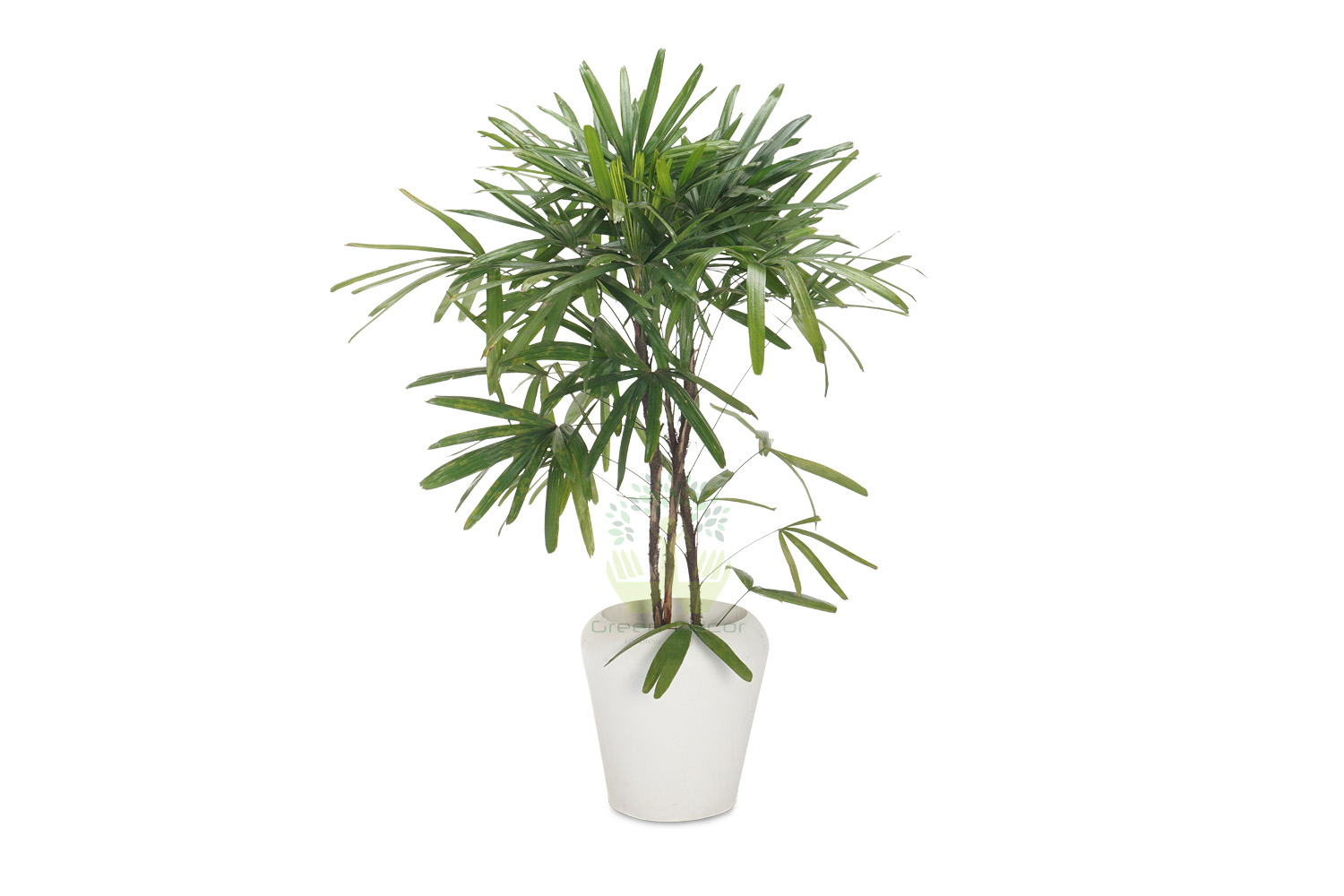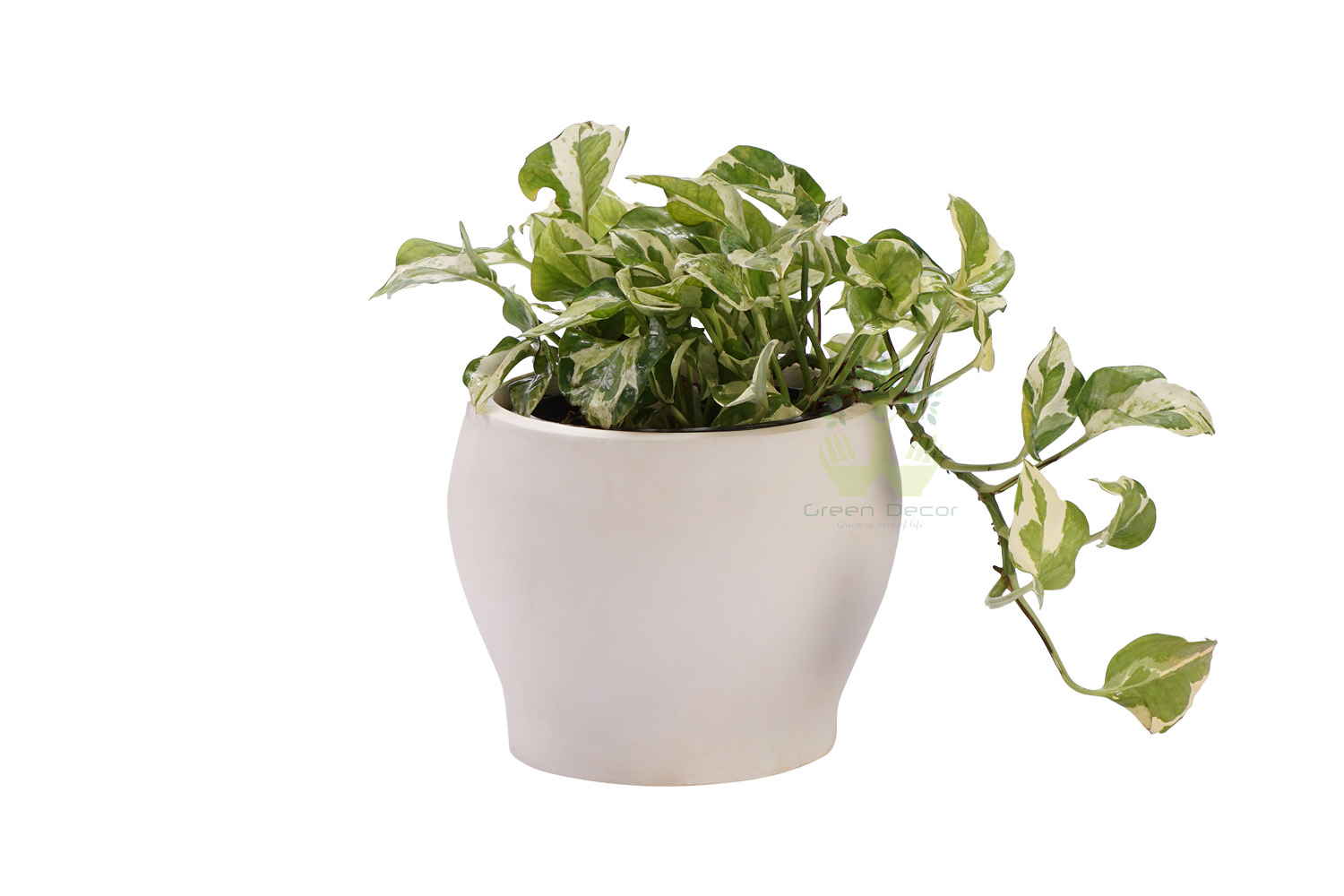Rubber Plant
460
Maintenance Level
Low
Placements
Outdoor-Shades or Indoor
Toxic
NO
Fragrance
None
Seasons
All Weather
Plant Height
6" to 96"
Water Frequency
Winter
Twice Week
Summer
Alternate Day
Fertilizer Frequency
Winter
3-4 Month
Summer
Every Month
- About Rubber Pla..
- How To Grow Rubber Pla..
- Benefits of Rubber Pla..
- Maintenance Tips
- Shipping Info
These tropical plants generally have thick stems and fleshy, variegated leaves. Gardeners value this small, compact plant for its thick, waxy foliage, ornamental flowers and ease of care. In warm climates, the plant serves as an outdoor ground cover, although it rarely reaches over 12 inches in height.
Soil Need
Loamy Soil,Clay Sand Mix, Potting Soil Mix
Fertilizer (type)
Compost,Granular,Liquid Fertiliser,All Purpose Fertiliser, NPK Fertiliser
Growth Pattern
Slow
Pruning
2-3 Month
Re-Potting
Every 3-4 Month
Process :
1. Provide bright light for rubber plants.
2. Prepare a well dranining soil with potting mix and vermi-compost.
3. Water the rubber plant correctly.
4. Fertilize the rubber plant with a houseplant fertilizer according to label directions once a year in late March or early April.
4. Prune rotten leave parts and or remove stems / branches to give desired shape.
5. Repot it when roots outgrow.
- Used for Healing Wounds, Cuts and Sores
- Used as a Treatment for Parasitic Worms
- Emit High Oxygen Content, and Purifies Indoor Air
Do's
1. Mist the rubber plant with warm water in the morning if conditions are hot and dry.
2. Wipe the leaves of snake plant with a damp cloth if they get dusty.
Don'ts
1. Avoid over-fertilization and cold conditions.
2. Do not use garden soil, instead use a good houseplant potting medium.
